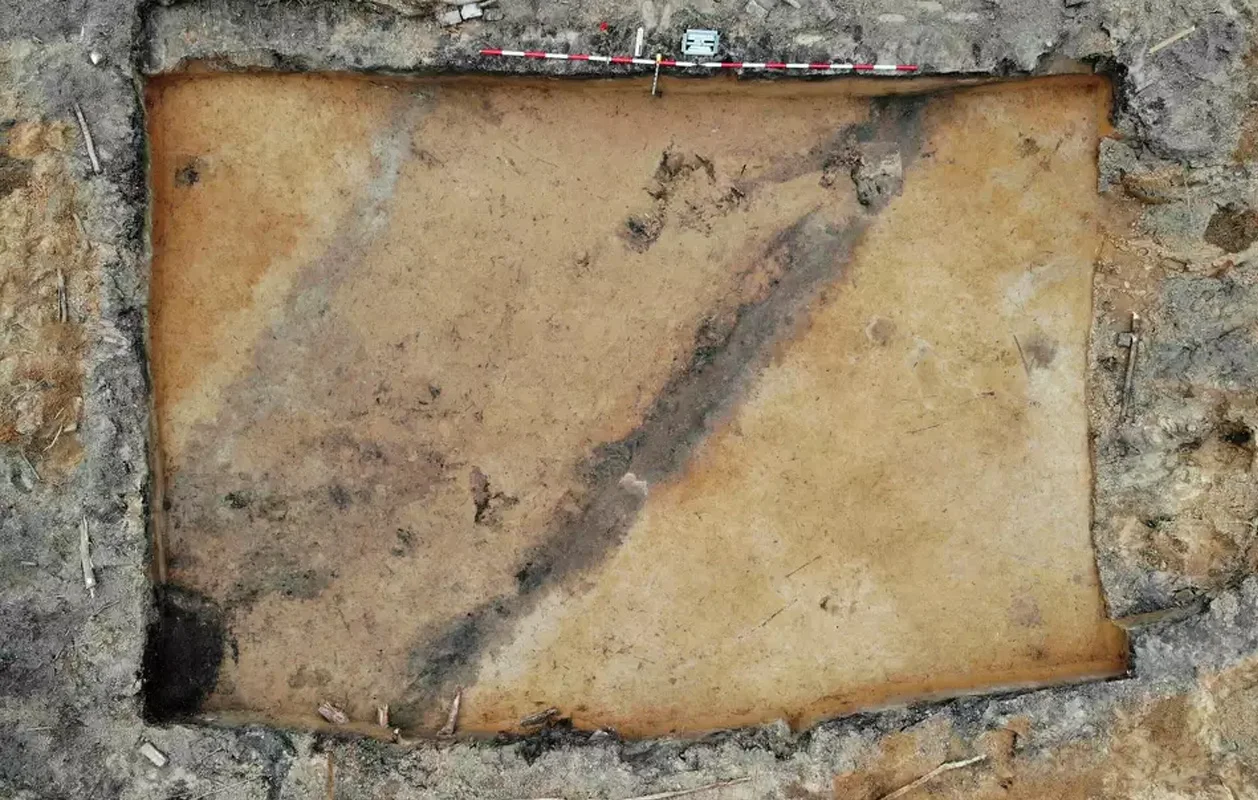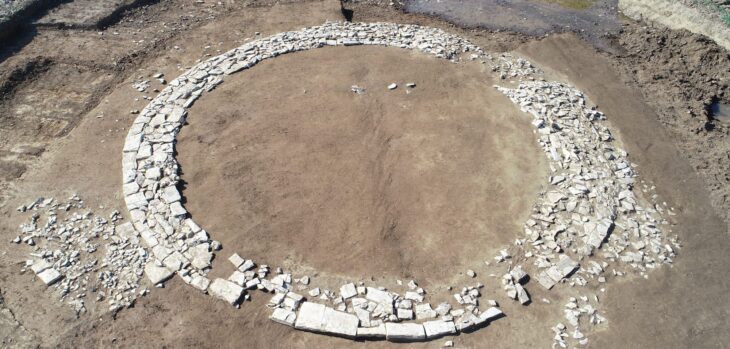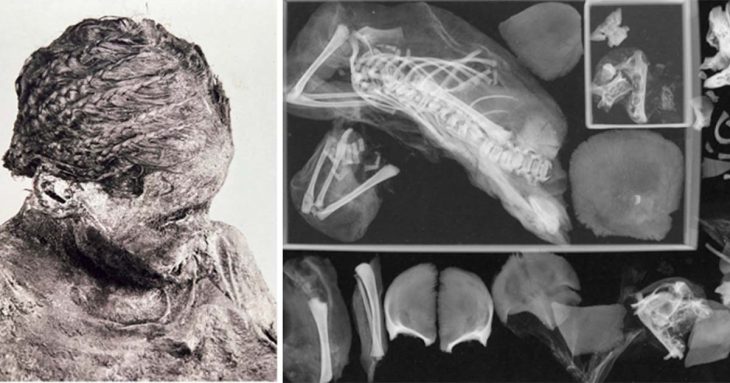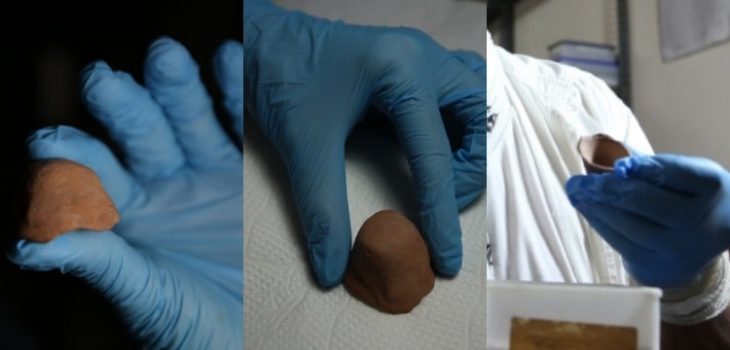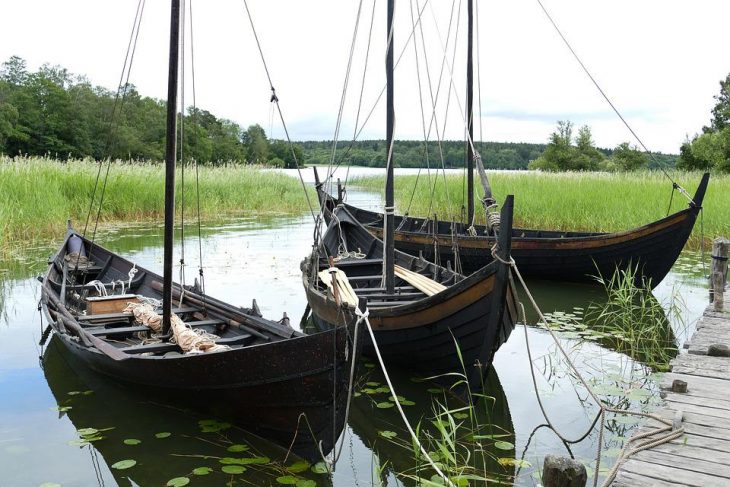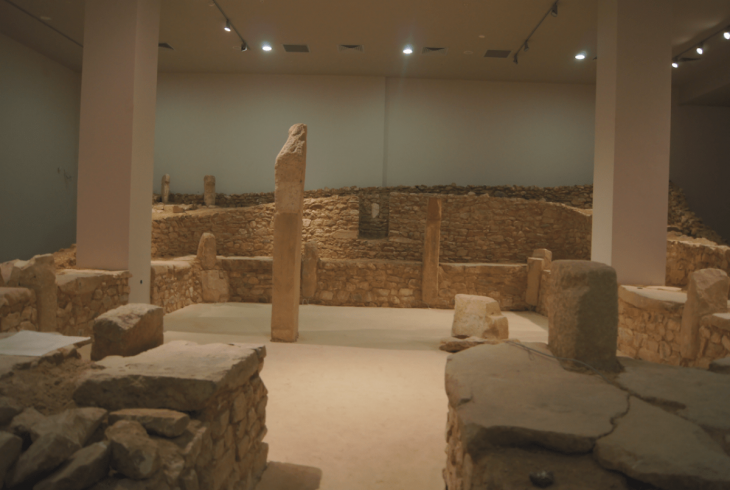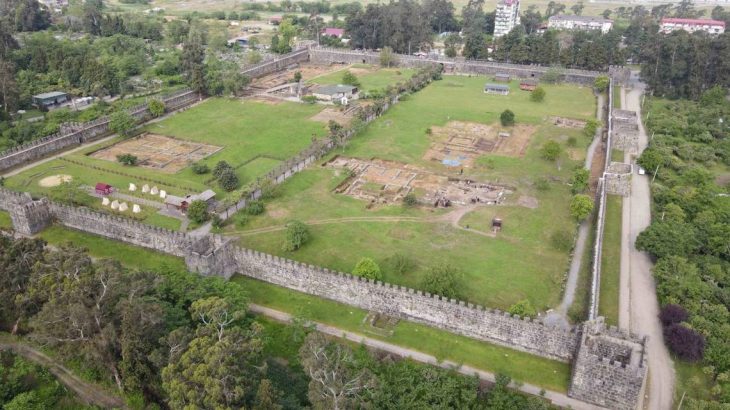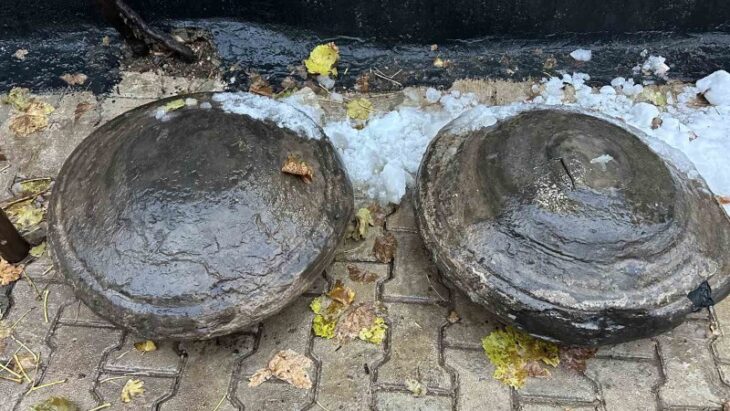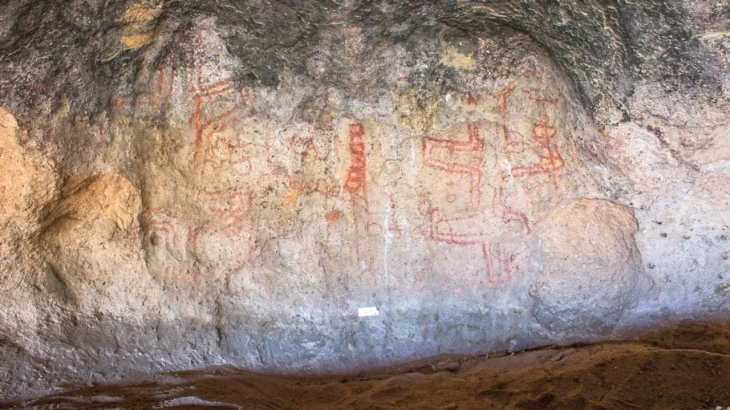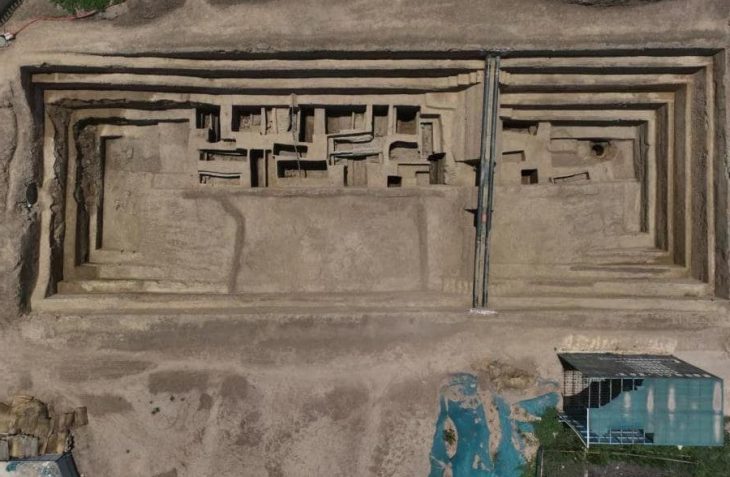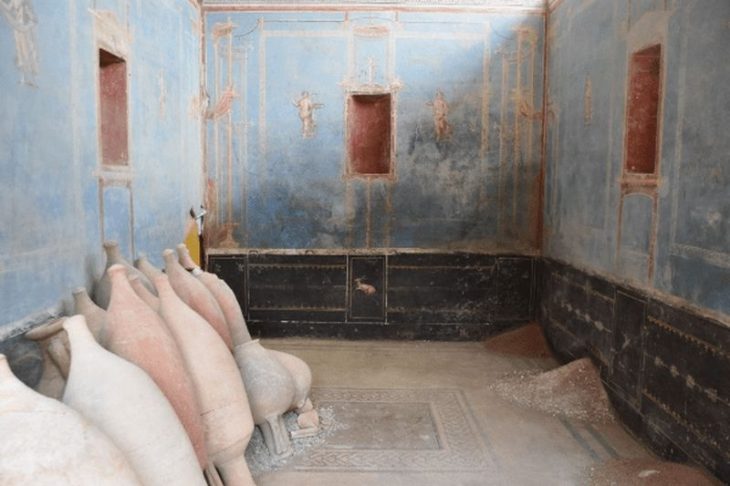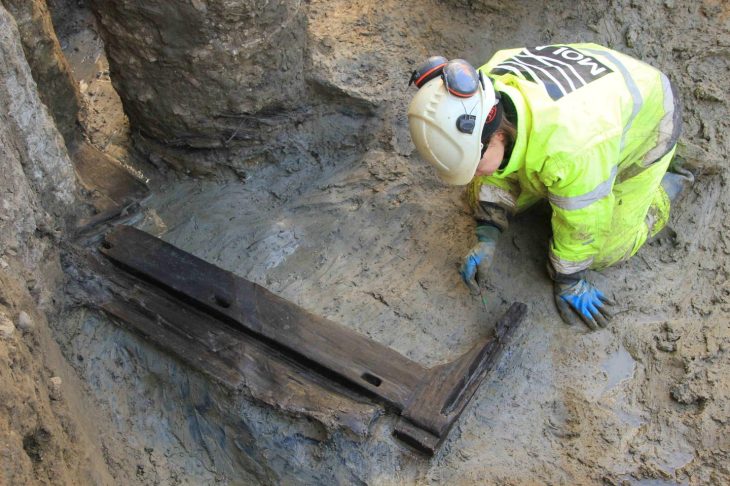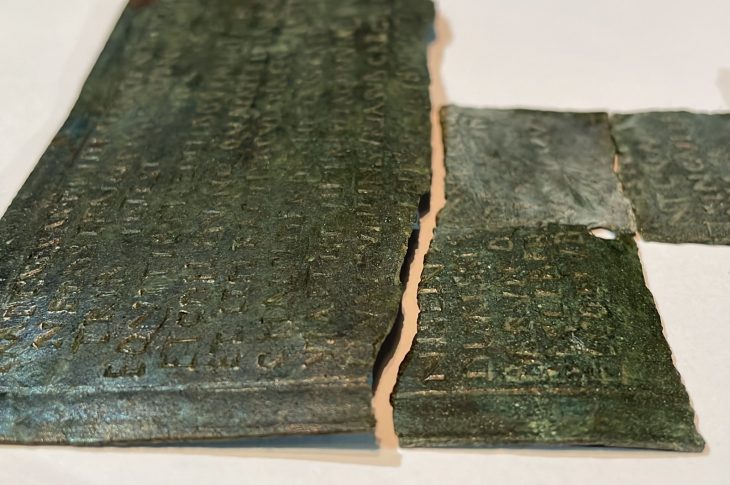A recent archaeological excavation in St. Augustine, Florida, has revealed a British redoubt dating back to 1781, offering valuable insight into the city’s history during British rule.
Founded by the Spanish in the 16th century, St. Augustine served as the capital of La Florida for more than 200 years. Today, it holds the distinction of being the oldest continuously inhabited European-established settlement in the United States.
The discovery of the redoubt adds a significant chapter to St. Augustine’s rich history, which predates the establishment of the United States. City archaeologists uncovered the fortified military outpost during excavations in the Lincolnville neighborhood, prior to the construction of a new home.
City archaeologist Andrea White stated that St. Augustine experienced a 20-year period of British rule, during which seven redoubts were constructed. She noted that, until recently, no archaeological evidence of these structures had been found, despite having rough ideas of their locations based on historic maps.
The Castillo de San Marcos, built by the Spanish military in the late 1600s, remains a prominent landmark on the western shore of Florida’s Matanzas Bay, now serving as a national monument rather than a military installation. When the British took control of Florida in 1763, St. Augustine already had extensive Spanish-built defenses. However, British officers, concerned about potential attacks from a nearby river, ordered the construction of outposts along the city’s western edge.
📣 Our WhatsApp channel is now LIVE! Stay up-to-date with the latest news and updates, just click here to follow us on WhatsApp and never miss a thing!!
White noted that Britain’s relatively brief occupation of St. Augustine, which ended with the American Revolution in 1783, has largely faded from collective memory. The discovery of the fort serves as a means to reclaim a piece of this lost history. “That’s what’s interesting about these British redoubts; they’re the only defenses that the British built themselves,” she explained. “Everything else that’s in St. Augustine or the surrounding area that everyone’s familiar with was already built by the Spanish. The British just kind of reoccupied them.”
The structure was uncovered thanks to a unique archaeological preservation ordinance adopted by St. Augustine in 1986. Founded in 1565, St. Augustine is the oldest continuously occupied European settlement in the U.S. To document and preserve its history, the city has its own archaeology program as part of the planning and permitting department.
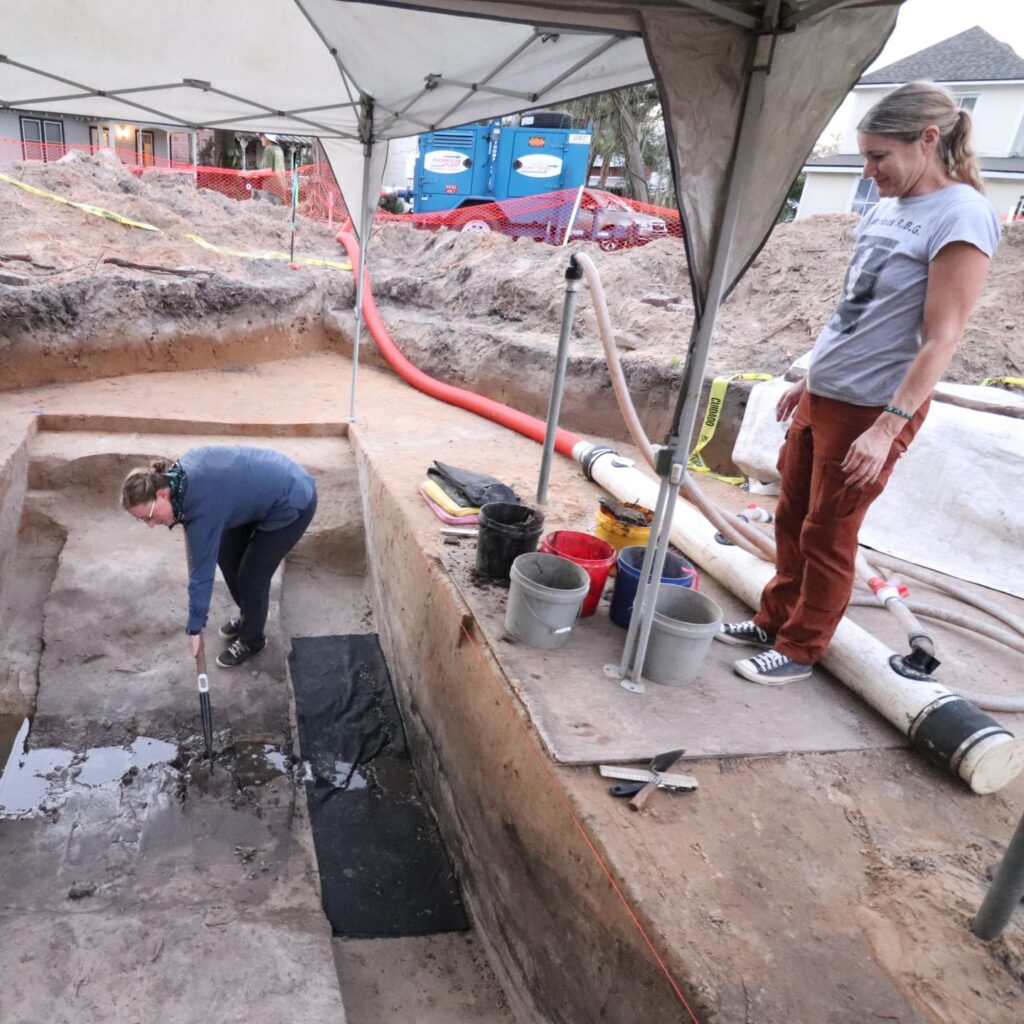
White explained that the archaeological team is given the opportunity to document existing structures before construction begins. She emphasized that the goal is not to halt construction but to allow time for documentation and to gain a deeper understanding of the area’s history, after which the project can proceed.
White was aware that the area under development had a long history, dating back to a Native American mission in the early 1700s, followed by an agricultural plantation and later the construction of the Lincolnville neighborhood after the Civil War. “So we knew we had multiple centuries of history that could potentially be on the property, but we’re pretty excited to actually find evidence,” she said. “What we found evidence of was a large moat about 15 feet wide that would have been part of the rampart.”
While researchers found few artifacts at the site and are still determining the fort’s actual size and shape, they did recover thousands of different types of seeds. White mentioned that they are collaborating with a paleoethnobotanist to learn how the structure was built and used. It’s possible that plants like Spanish bayonet or prickly pear cactuses were utilized to prevent erosion or slow down attacking soldiers.
“So we’re very hopeful that we might find some good information from our plant remains that we’ve recovered,” White added.
Jason Heidgerken, the contractor working on the lot where the fort’s moat was discovered, acknowledged that the city’s archaeological program can cause delays. However, he praised White and her team for their effective communication, allowing him to adjust his timelines accordingly.
“I’ve been around St. Augustine since 1980 personally, and part of the attraction is the history,” Heidgerken remarked. “So if you want to live there and do this kind of business, it’s to be expected, and you need to have the patience for it.”
City of St. Augustine Archaeology Program
Cover Image Credit: City of St. Augustine Archaeology Program

